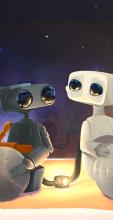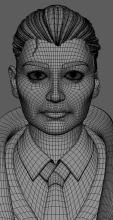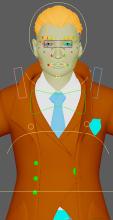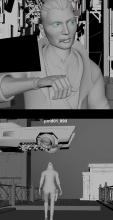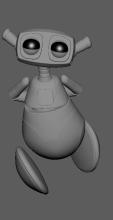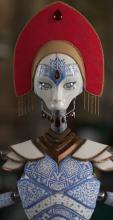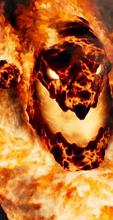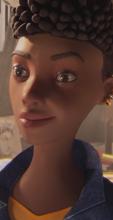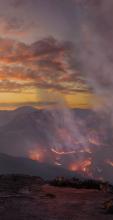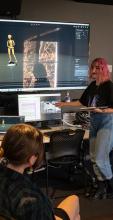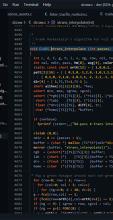Here at the Academy we take the strongest skill our students have and raise that to industry level.
From student to specialist
It’s essential at undergraduate level that students develop broad knowledge and skill, but how do you translate these skills to a professional working environment? Here at the Academy we teach students at a postgraduate level so that they can further develop specialised skills in order to contribute at a high level to complex projects, and also to accelerate their entry and progression in industry.
Here are some of the key areas students can choose to specialise in as part of the production process when undertaking the Master of Animation and Visualisation.
-
Explore our specialisations
-
Meet our graduates
See where your specialisation choice can take you.
-
Meet our team of industry professionals
Learn from leaders in industry, education and research who’ll support your artistic and professional growth.
-
Portfolio and Application Tips Webinar
Get advice on how to select your specialisation and some great tips on getting your showreel and portfolio together.


